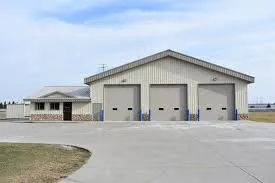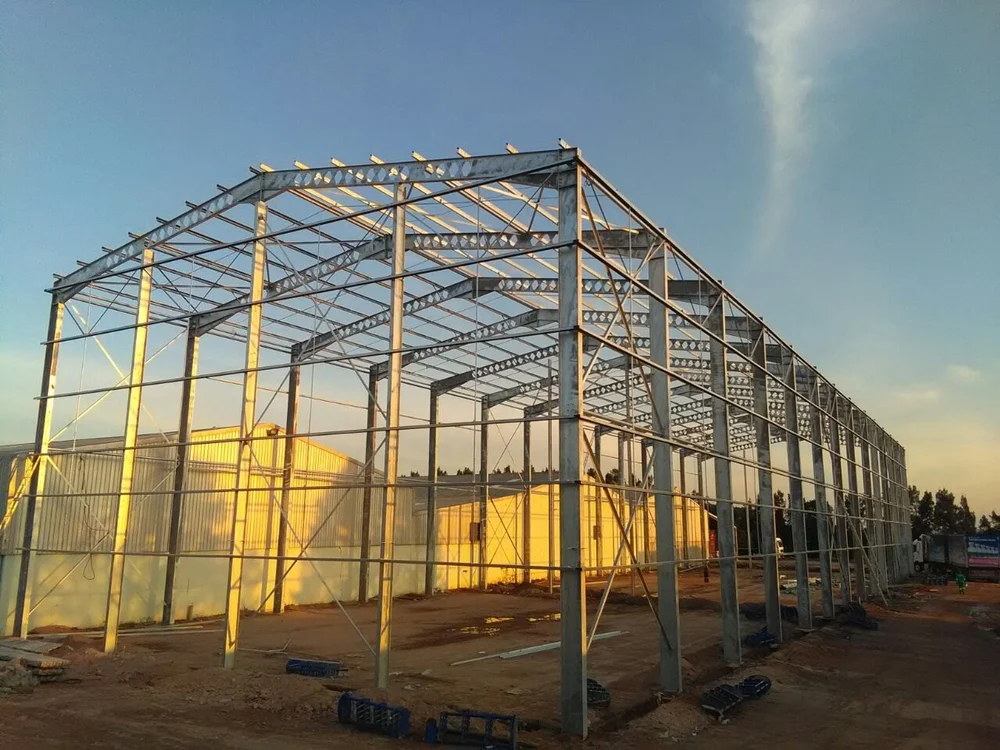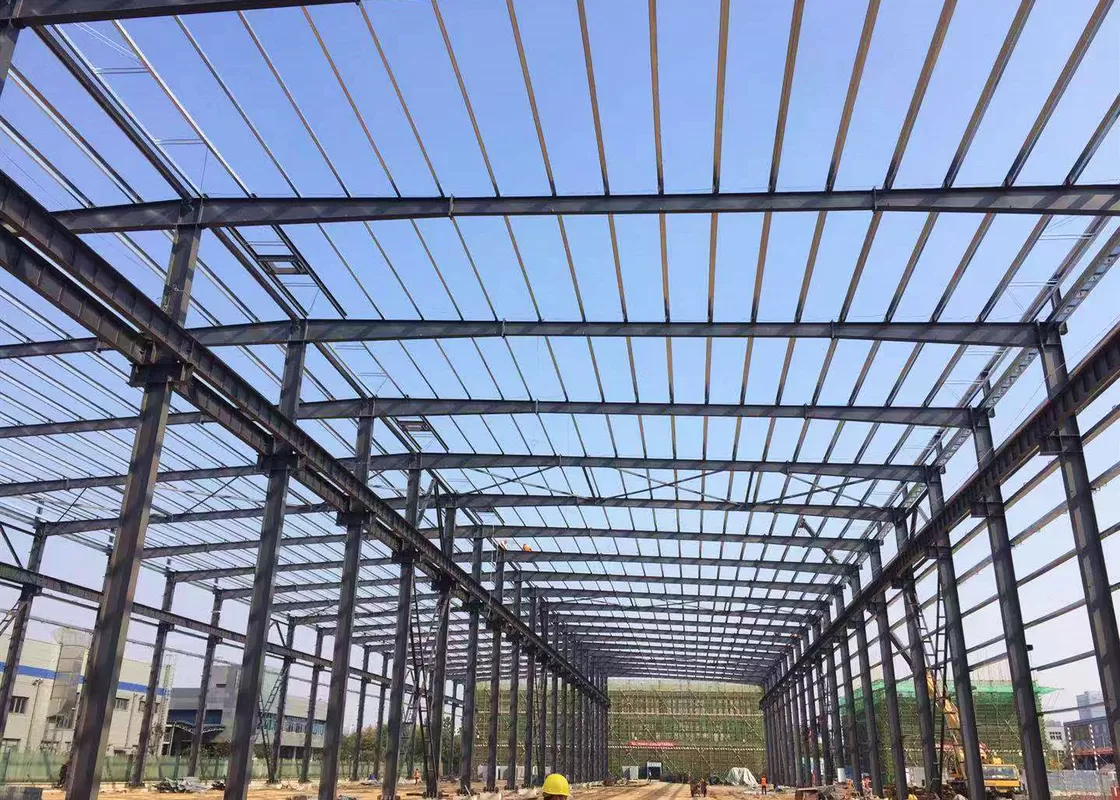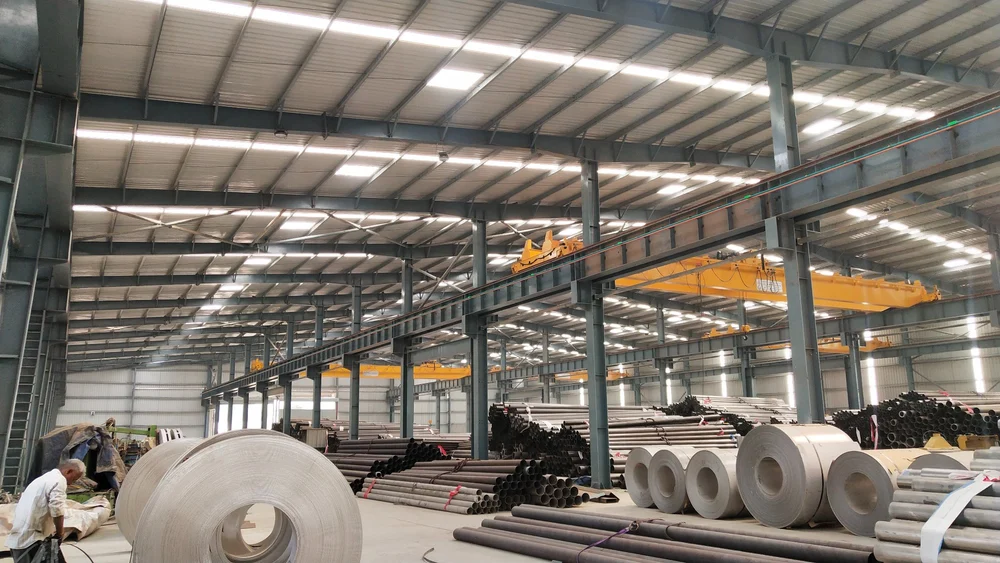- Afrikaans
- Albanian
- Amharic
- Arabic
- Armenian
- Azerbaijani
- Basque
- Belarusian
- Bengali
- Bosnian
- Bulgarian
- Catalan
- Cebuano
- Corsican
- Croatian
- Czech
- Danish
- Dutch
- English
- Esperanto
- Estonian
- Finnish
- French
- Frisian
- Galician
- Georgian
- German
- Greek
- Gujarati
- Haitian Creole
- hausa
- hawaiian
- Hebrew
- Hindi
- Miao
- Hungarian
- Icelandic
- igbo
- Indonesian
- irish
- Italian
- Japanese
- Javanese
- Kannada
- kazakh
- Khmer
- Rwandese
- Korean
- Kurdish
- Kyrgyz
- Lao
- Latin
- Latvian
- Lithuanian
- Luxembourgish
- Macedonian
- Malgashi
- Malay
- Malayalam
- Maltese
- Maori
- Marathi
- Mongolian
- Myanmar
- Nepali
- Norwegian
- Norwegian
- Occitan
- Pashto
- Persian
- Polish
- Portuguese
- Punjabi
- Romanian
- Russian
- Samoan
- Scottish Gaelic
- Serbian
- Sesotho
- Shona
- Sindhi
- Sinhala
- Slovak
- Slovenian
- Somali
- Spanish
- Sundanese
- Swahili
- Swedish
- Tagalog
- Tajik
- Tamil
- Tatar
- Telugu
- Thai
- Turkish
- Turkmen
- Ukrainian
- Urdu
- Uighur
- Uzbek
- Vietnamese
- Welsh
- Bantu
- Yiddish
- Yoruba
- Zulu
Nov . 01, 2024 14:03 Back to list
Steel Design for Buildings A Structural Revolution
Steel has long been a symbol of modern engineering and is a crucial material in building construction. With its high strength-to-weight ratio, durability, and versatility, steel design has revolutionized the way we construct buildings today. The use of steel in architecture and design not only enhances structural integrity but also offers aesthetic flexibility that allows architects to explore innovative designs.
Steel Design for Buildings A Structural Revolution
In steel design, various systems can be employed, such as moment-resisting frames, braced frames, and shear walls. Each system offers different benefits depending on the nature of the structure. For instance, moment-resisting frames are widely used in high-rise buildings as they allow for greater vertical space and are effective in resisting lateral forces from wind and earthquakes. Braced frames, on the other hand, provide increased stability and are often used in industrial applications where heavy loads are a common occurrence.
steel design for building

Moreover, the design process of steel structures involves adhering to various codes and standards to ensure safety and performance. In the United States, the American Institute of Steel Construction (AISC) provides guidelines and specifications that govern the design and construction of steel buildings. These standards are crucial in ensuring that structures can withstand environmental stresses throughout their lifespan.
Sustainability is another vital consideration in steel design. As environmental concerns grow, the steel industry has adopted more sustainable practices, including recycling steel and reducing waste during fabrication. Steel is one of the most recycled materials globally, with a significant percentage of new steel made from recycled sources. This not only conserves natural resources but also reduces the carbon footprint associated with steel production.
The aesthetic possibilities offered by steel are limitless. Structural steel can be left exposed, creating a raw and industrial feel in spaces that resonate with modern design sensibilities. Architectural techniques such as the use of steel trusses and cantilevered designs allow architects to create visually stunning spaces that challenge traditional forms.
In summary, steel design plays a pivotal role in the construction industry, blending strength, efficiency, and beauty. As we continue to innovate in the field of architecture and engineering, the role of steel will undoubtedly expand. With advancements in design technology and a growing emphasis on sustainability, steel will remain at the forefront of building design for generations to come. The marriage of form and function in steel structures embodies the spirit of modern architecture, setting the stage for future developments in urban landscapes.
-
The Strength and Versatility of Industrial Metal Infrastructure
NewsAug.05,2025
-
The Landscape of Industrial Fabrication: Steel and Metal Factory Infrastructure
NewsAug.05,2025
-
Innovative Solutions for Industrial and Storage Spaces: Metal Building Garages and Workshops
NewsAug.05,2025
-
Evaluating Expenditures for Prefabricated Warehouse Structures
NewsAug.05,2025
-
Diverse Solutions for Industrial Spaces: Metal Workshop Buildings
NewsAug.05,2025
-
Analyzing Costs and Solutions in Industrial Steel Construction
NewsAug.05,2025
Products categories
Our Latest News
We have a professional design team and an excellent production and construction team.












